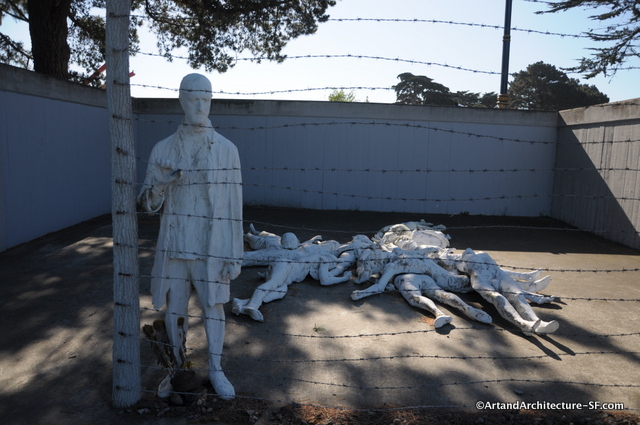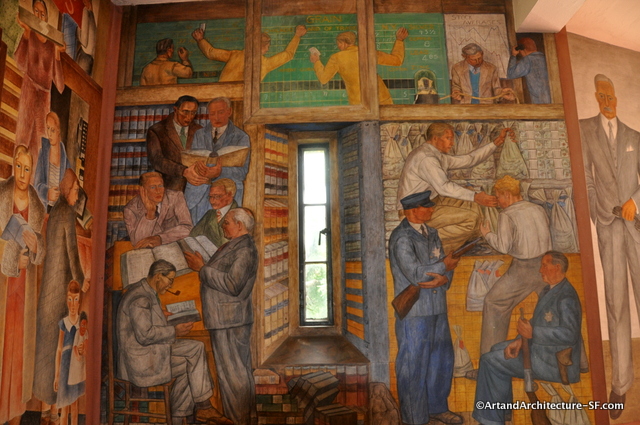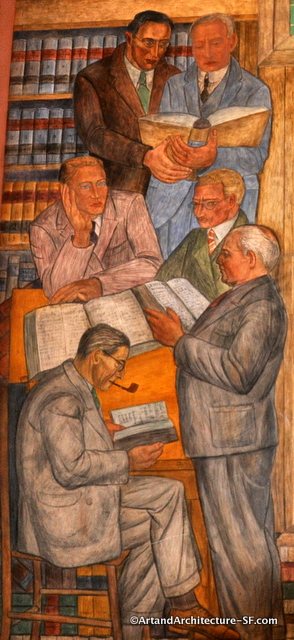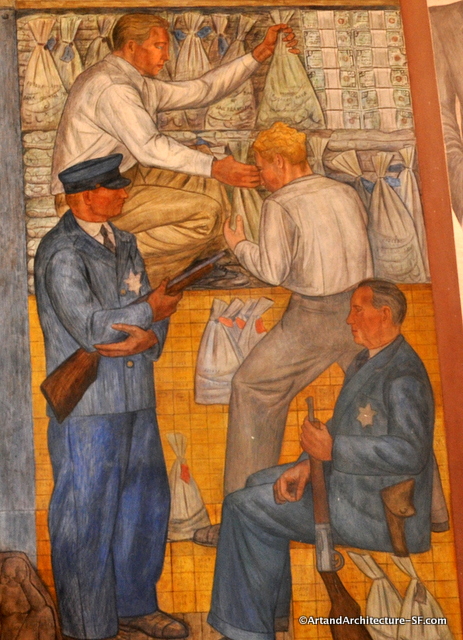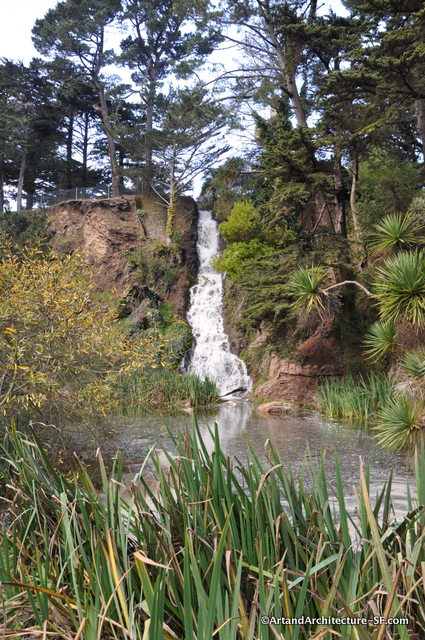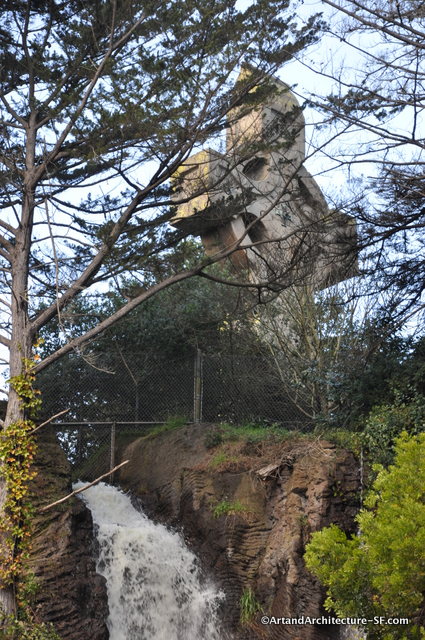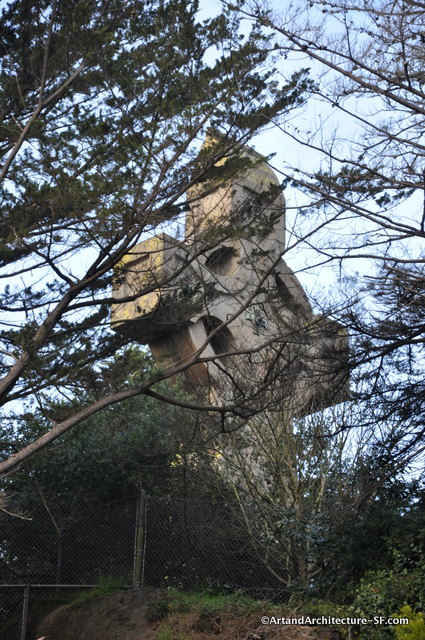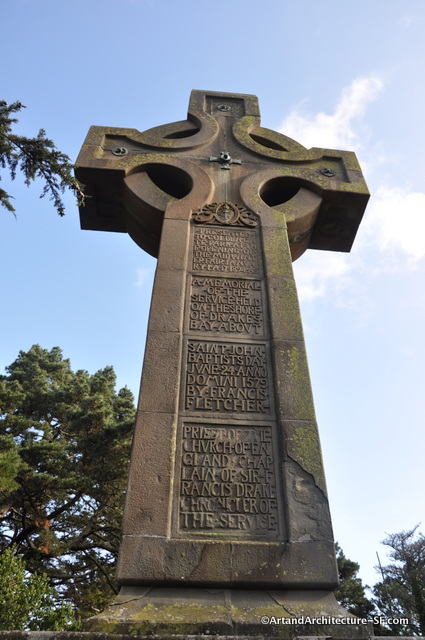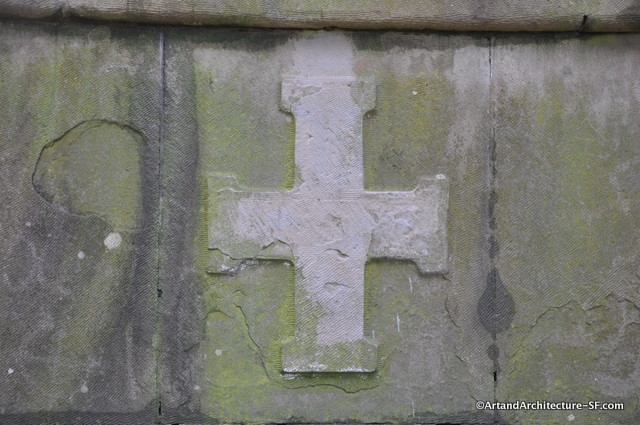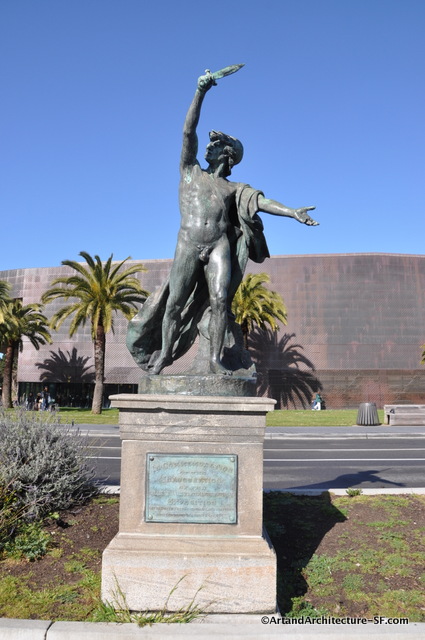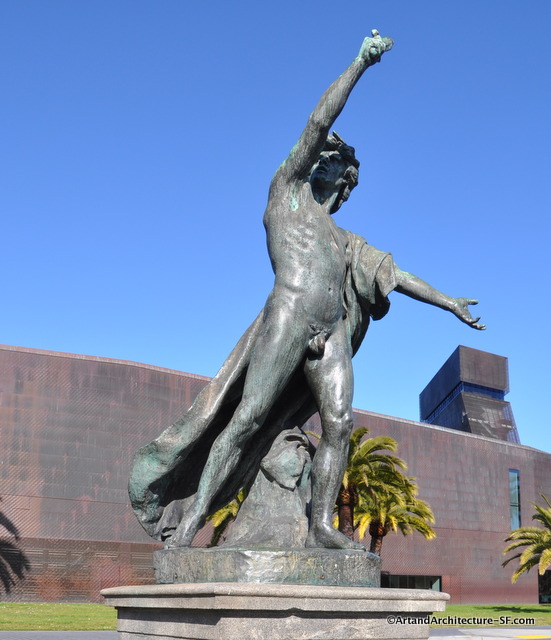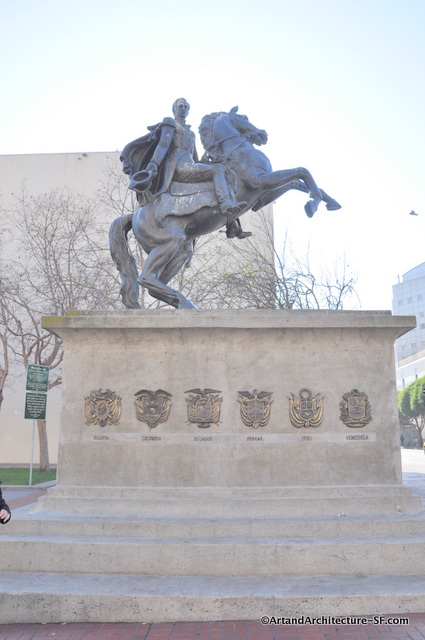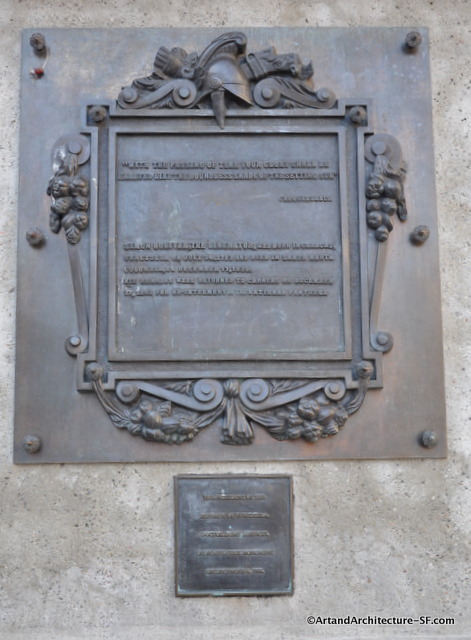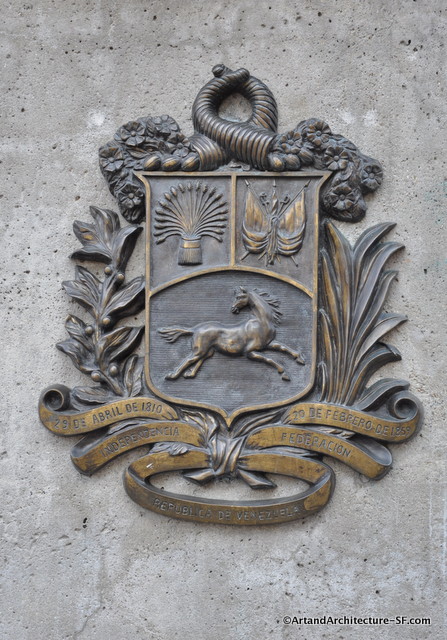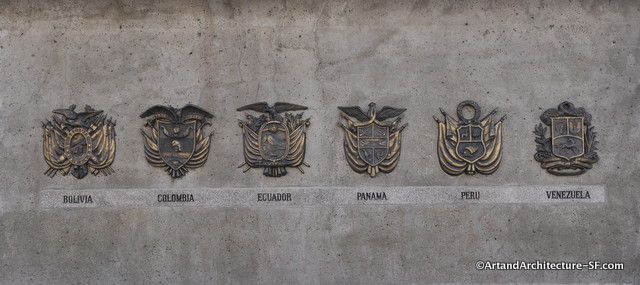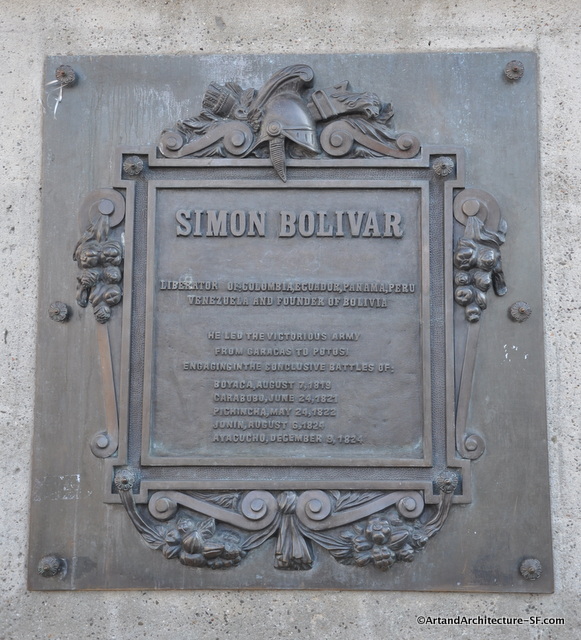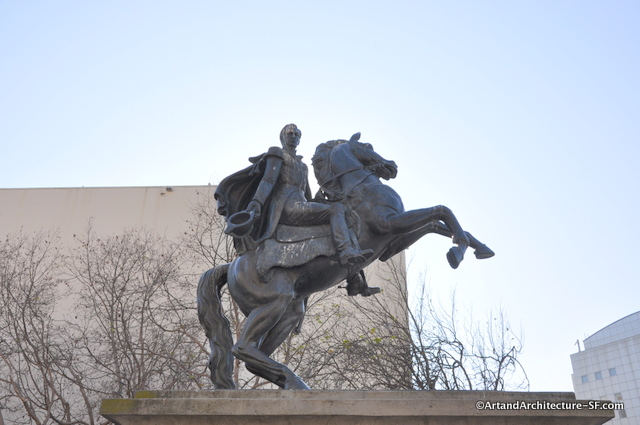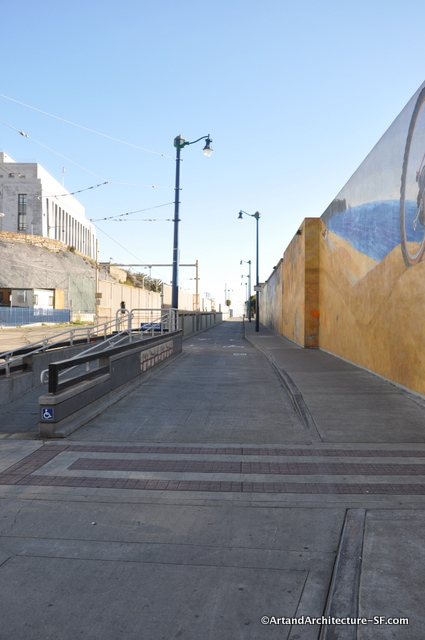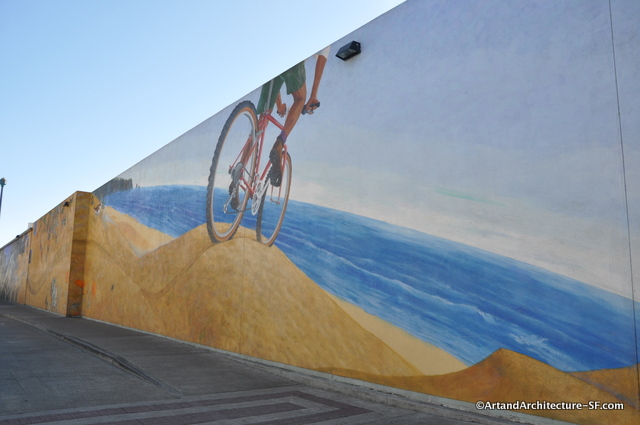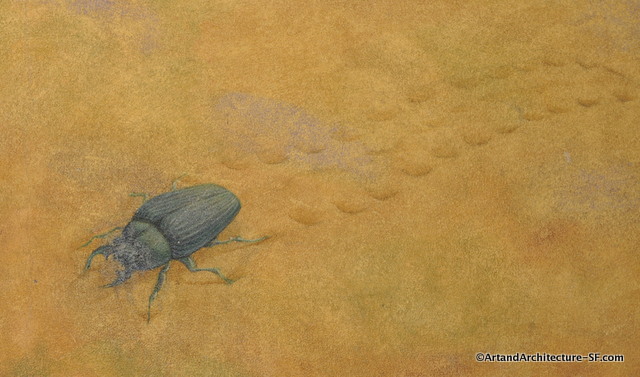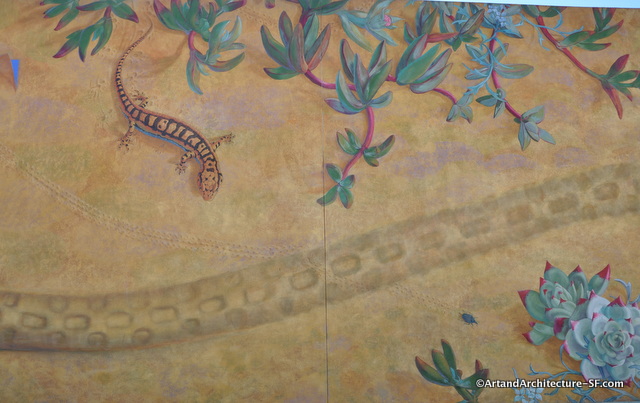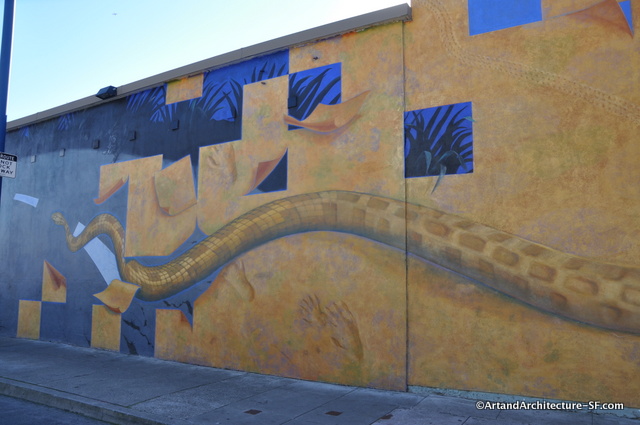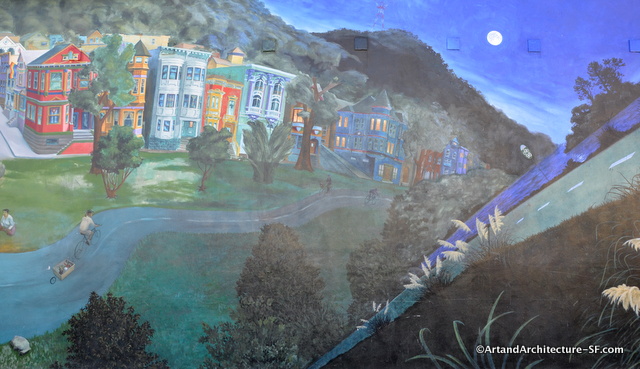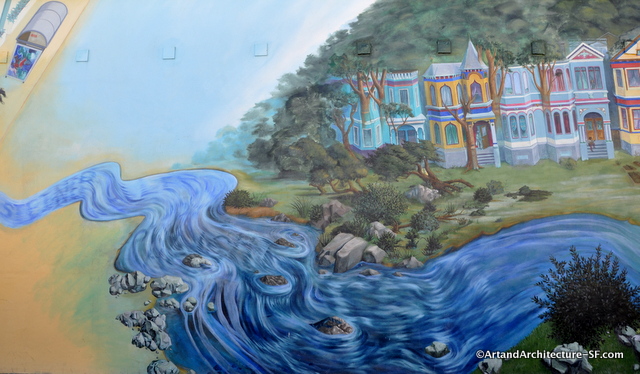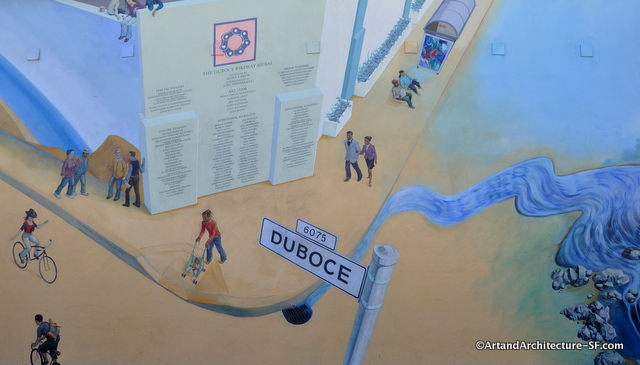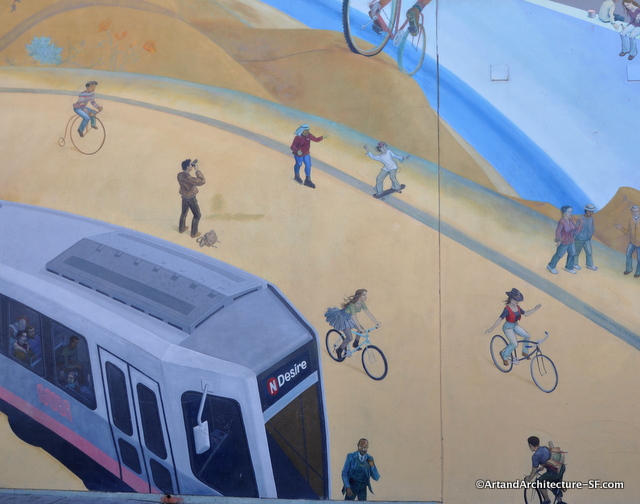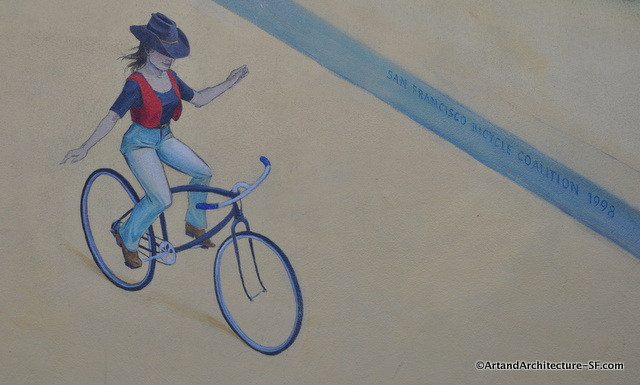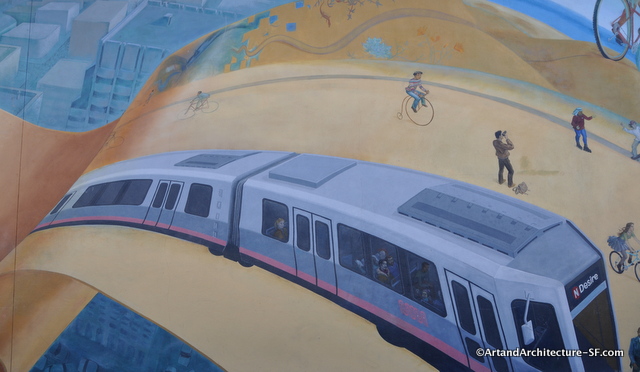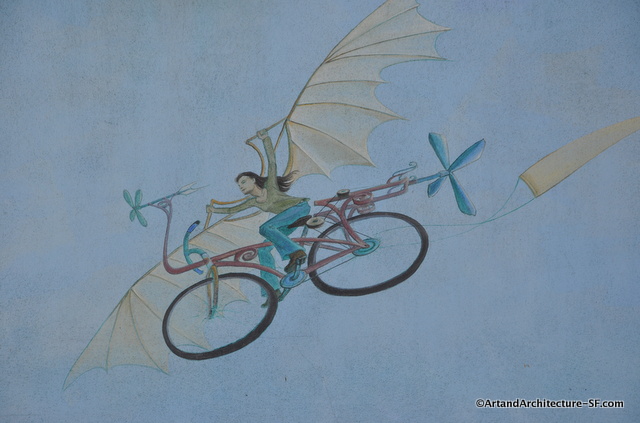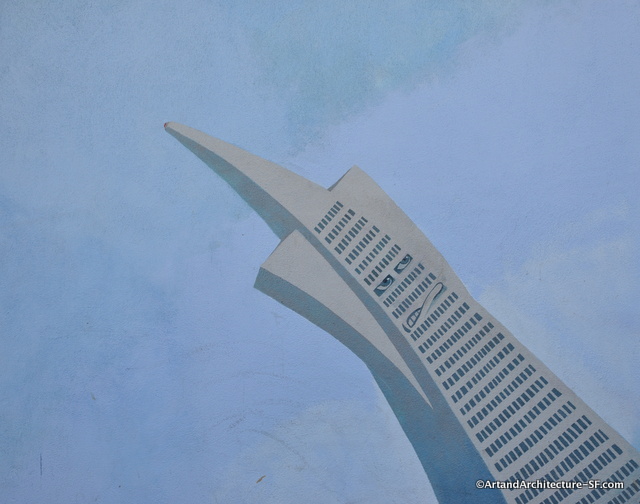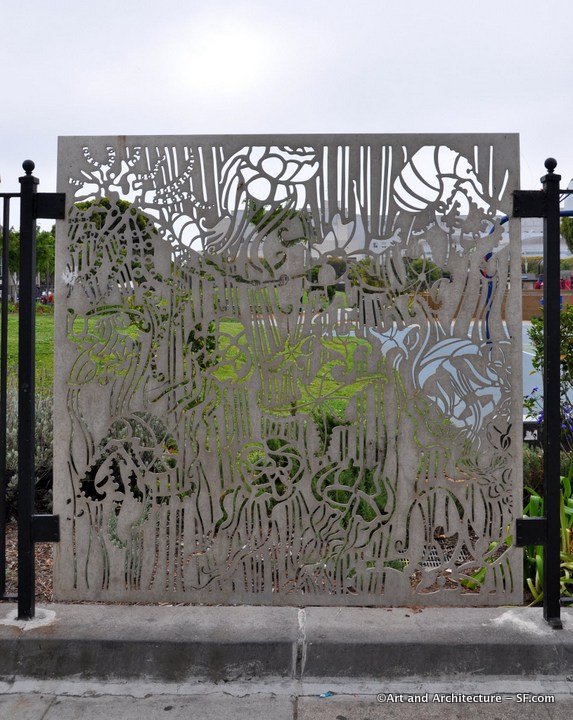Golden Gate Park
*
Roman Gladiator – 1881 by Geef
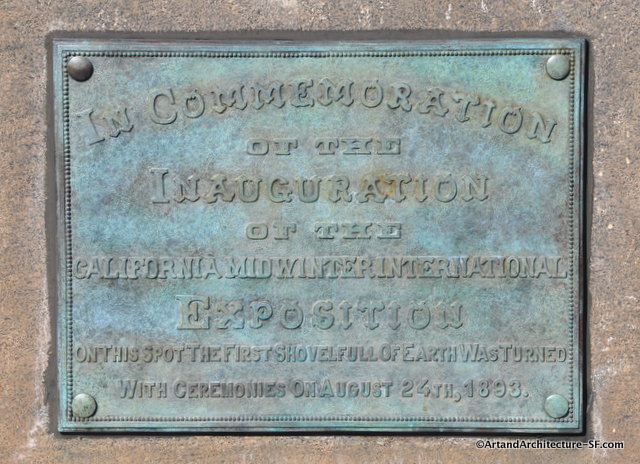 In Commemoration
In Commemoration
of the
Inauguration
of the
California Midwinter International
Exposition
On this spot the first shovelful of earth was turned
with ceremonies on August 24th 1893.
(That first spade of shovel was turned by President William Howard Taft)
After the popular 1893 Columbian Exposition in Chicago, many American cities planned similar expositions to highlight progressive business ideas. Golden Gate Park became the setting for a hastily assembled fair, the first such west of the Mississippi. With a theme of “California: Cornucopia of the World”, the Midwinter Fair, as it is commonly called showcased the ideal climate and abundance of the state. It opened on January 27, 1894, during the depths of winter.
Michael H. de Young, publisher of the San Francisco Chronicle newspaper and the fair’s instigator, had been a director and a national commissioner at large for Chicago’s Exposition. As president and director general of San Francisco’s fair, he hoped the event would help offset the financial panic of 1893 then in full swing. On July 9, 1893, the fair committee met with park commissioners. Park Superintendent John McLaren objected to handing over his newly created park to a profit making venture; he had intended the park to be a haven from just such things. But the highly political and willful de Young got his way. Ground was broken on August 24, 1893, and construction took just five months. The fair was delayed for 26 days, however, because a sever snowstorm delayed rail cars delivering the exhibits from Chicago. (The recycling of exhibitions saved time and expense.) When the fair opened, 77,248 people attended on the first day, and the seven-month term saw 2,219,150 visitors, a triumph. The fair closed on July 4, 1894.
Known as the Sunset City, the 160-acre exposition site boasted 180 structures representing all of California’s counties, 4 other states, the Arizona Territory, and 18 foreign nations. No one architectural style predominated at it had in Chicago, but rather an eclectic approach echoed California’s multicultural population.
The above was excerpted from: San Francisco’s Golden Gate Park: A Thousand and Seventeen Acres of Stories by Chris Pollock and Erica Katz.
The Smithsonian puts the artist of this piece as Georges Geef. A reader kindly pointed out that it was by Belgian artist Willem Geefs, whose first name in French is Guillaume.
Willem Geefs (1805 – 1883), also Guiliaume Geefs, was a Belgian sculptor. Although known primarily for his monumental works and public portraits of statesmen and nationalist figures, he also explored mythological subject matter, often with an erotic theme.
Geefs was born at Antwerp, the eldest of six brothers in a family of sculptors, the best-known of whom are Joseph Geefs (1808–1885, winner of the Prix de Rome in 1836) and Jean Geefs (1825–1860, and winner of the prize in 1846). Guillaume first studied at the Royal Academy of Fine Arts Antwerp under the late–Flemish Baroque sculptor Jan Frans van Geel and his son, Jan Lodewijk van Geel, who was also a sculptor. He completed his training under Jean-Etienne Ramey at the École des Beaux-Arts in Paris and began exhibiting his work in 1828.
In 1829, Geefs traveled to Italy. When he returned to Antwerp, he began teaching at the art academy. During the 1830s, he executed the colossal work Victims of the Revolution at Brussels, as well as numerous statues and busts. In 1836, he married Isabelle Marie Françoise Corr, a Brussels-born painter of Irish descent known professionally as Fanny Geefs. In the mid-19th century, the sculptor Guillaume-Joseph Charlier was an assistant to him and his brother Joseph.
The Geefs family played a leading role in the craze for public sculpture that followed Belgian independence in the 1830s, producing several propagandistic monuments that emphasized a “historical continuity of the southern Low Countries in the new independent state
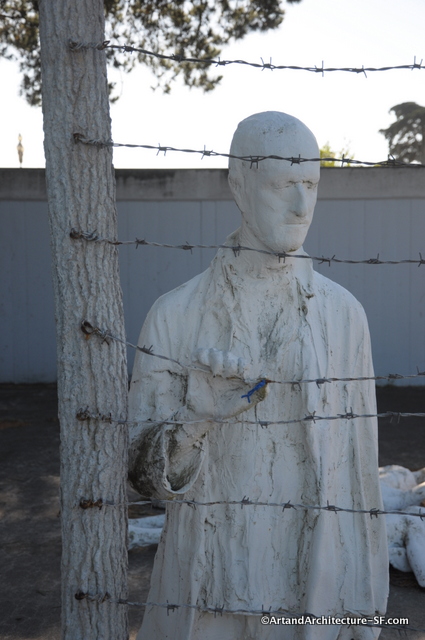 Time has taken its’ toll on this memorial. The hand on the man above was not to touch the wire as they were electrified.
Time has taken its’ toll on this memorial. The hand on the man above was not to touch the wire as they were electrified.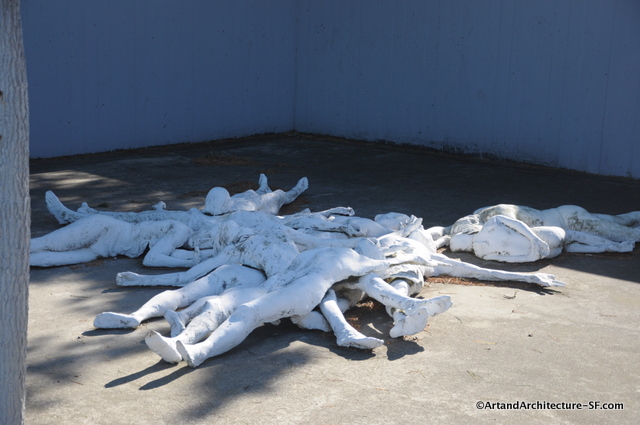 This memorial shows ten figures sprawled, recalling post-war photographs of the camps. Placement of this work was controversial. The choice to look over such a truly beautiful landscape recalling death in a rather graphic way was not acceptable to many. The artist however, insisted that the viewer might consider death while facing towards the monument and life while facing towards the Golden Gate.
This memorial shows ten figures sprawled, recalling post-war photographs of the camps. Placement of this work was controversial. The choice to look over such a truly beautiful landscape recalling death in a rather graphic way was not acceptable to many. The artist however, insisted that the viewer might consider death while facing towards the monument and life while facing towards the Golden Gate.